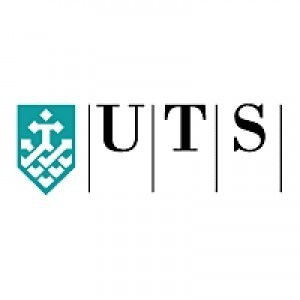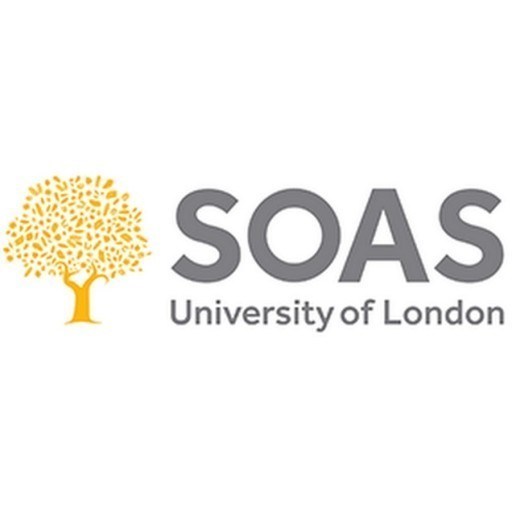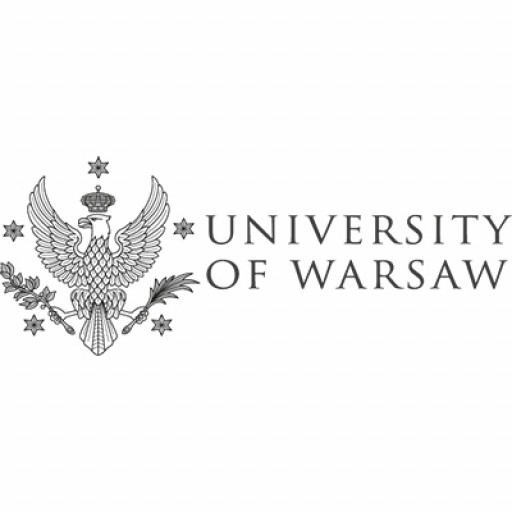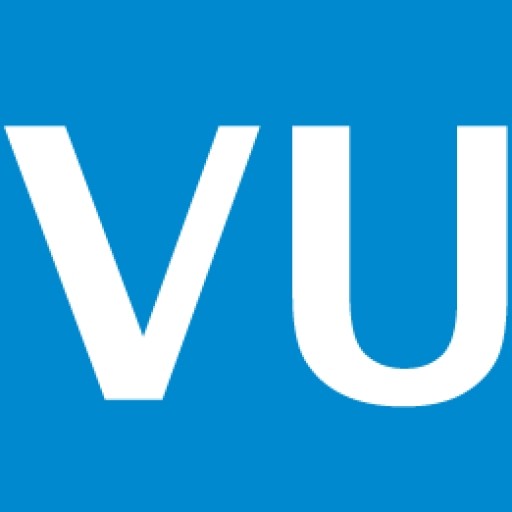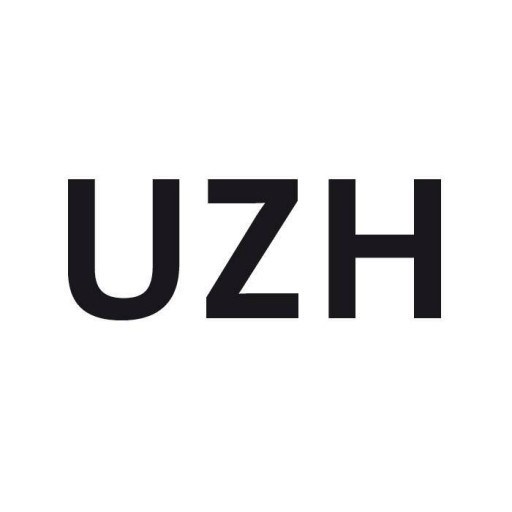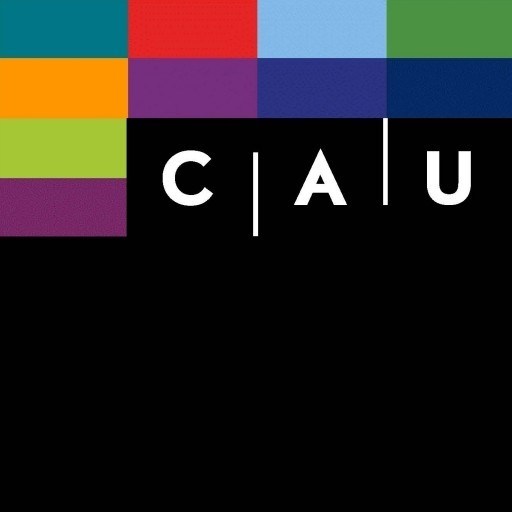Photos of university / #_londonu
Advertisement
The Postgraduate Diploma in Quantitative Finance is designed principally for postgraduates whose work in banks and other financial institutions requires knowledge of statistical (particularly econometric) and quantitative approaches to risk and derivatives.
Graduates with strong previous quantitative training (such as engineers) and graduates with lower levels of previous training can both benefit from the programme by choosing appropriate courses. (The Programme Director will advise on your course choices). The programme can also provide a suitable route towards entering the MSc Finance (major: Quantitative Finance).
Programme aimsThis programme will equip you with the necessary statistical (particularly econometric) skills and quantitative approaches to risk and derivatives.
PrestigeThe programme has been developed by academics at the Centre for Financial and Management Studies (CeFiMS), a postgraduate research and teaching department within SOAS, University of London. Staff at CeFiMS have international reputations and are involved in researching their subjects at the very limits of current knowledge.
Career progressionAs a graduate of this programme you will be well prepared for research and other positions in banking, fund management, consultancy, central banks and international bodies.
This will depend partly on choices you make, but most students take two years to complete Postgraduate Diploma. The study calendar consists of five sessions per year. Each session is devoted to a specific course and lasts eight weeks (with the exception of the fifth session which runs for 10 weeks). During each session you will need to allocate between 15-20 hours per week to complete the programme.
Syllabus
Econometric principles and data analysis [C330]
This course provides an introduction to econometric methods, examining how we can start from relationships suggested by economic theory, formulate those relationships in mathematical and statistical models, estimate those models using sample data, and make statements based on the parameters of the estimated models. You are provided with Eviews econometric software as part of the course. We recommend that you take this course before progressing onto the more advanced sequel 'Econometric Analysis and Applications'.
* Unit 1: Introduction to Econometrics and Regression Analysis
* Unit 2: The Classical Linear Regression Model
* Unit 3: Hypothesis Testing
* Unit 4: The Multiple Regression Model - Estimation, Hypothesis Tests and Multicollinearity
* Unit 5: Heteroscedasticity
* Unit 6: Autocorrelation
* Unit 7: Nonnormal Disturbances
* Unit 8: Model Selection and Course Summary
Econometric analysis and applications [C332]
'Econometric Analysis and Applications' is the second, more advanced, econometrics course offered to students wanting to broaden their understanding of the application of quantitative methods to economic inquiry. We recommend that you study the 'Econometric Principles and Data Analysis' course prior to this. The course assumes that you have studied the classical linear regression model at an introductory level and that you are familiar with the assumptions that underlie that model. You will be aware that there are many cases in which these assumptions are not satisfied, and know how such problems as heteroscedastic disturbances and autocorrelated errors can be detected, and what can be done about them. It is assumed, too, that you have a basic working knowledge of the econometric software, Eviews, introduced previously in 'Econometric Principles and Data Analysis', although basic instructions for using the program are provided here too.
* Unit 1: Dummy Variables
* Unit 2: Dynamic Models - Lags and Expectations
* Unit 3: Simultaneous Equation Models
* Unit 4: The Identification Problem
* Unit 5: Simultaneous Equation Models - Estimation
* Unit 6: Univariate Time Series - Stationarity and Non-stationarity
* Unit 7: Multivariate Time Series Analysis
* Unit 8: Forecasting
Financial econometrics (currently under development)
Financial markets and others generate vast amounts of data on asset returns, their volatility, and other financial variables in long and high-frequency time series. The ability to analyse market behaviour requires knowledge of the properties of time series and appropriate estimation methods. Since the early 1980s techniques for analysing time series which exhibit auto-regression have yielded important studies of financial markets, increasing our knowledge of financial variables´ volatility. In this course you study time series techniques and their application to financial markets. Before starting this course students should normally have completed the course 'Econometric analysis and applications' [C332].
Risk management: principles and applications [C323]
This course examines the techniques and the foundation of risk management in corporations. It covers the use of derivatives, portfolio allocation, the value of risk, and the management of credit risk and operations risk. The course includes cases and applications.
* Unit 1: Introduction to Risk Management
* Unit 2: Portfolio Analysis
* Unit 3: Management of Bond Portfolios
* Unit 4: Futures Markets
* Unit 5: Options Markets
* Unit 6: Risk Management with Options
* Unit 7: Value at Risk
* Unit 8: Credit Risk
Derivatives [C333]
The expansion of financial markets since 1973 has been founded on the growth of derivatives, both over the counter derivative contracts and exchange traded contracts. It was made possible by the development of models for valuing derivatives based upon the mathematics of stochastic calculus. In this course you learn the application of those principles to the valuation of derivatives.
* Unit 1: Derivatives Contracts
* Unit 2: Properties of Stock Options
* Unit 3: The Behaviour of the Stock Price and the Black-Scholes model
* Unit 4: Greek Letters and Trading Strategies
* Unit 5: Interest Rate Models
* Unit 6: Credit Derivatives and Credit Risk
* Unit 7: Some Exotic Options
* Unit 8: Further Numerical Procedures
Modelling firms and markets [C358] (currently under development)
You will study not only the behaviour of individual firms, but also how firms interact with each other in competitive and non-competitive markets. The course will look at models of strategic behaviour based on the tools of game theory and how firms interact under conditions of imperfect formation.

